A Guide to Protecting Thermally Modified Wood from Pests
By
Micah Sutfin,
08/27/25
Thermally modified wood siding like Nova's Ambara® is an excellent choice for a beautiful, durable, eco-friendly exterior. The thermal modification process uses high heat to change the wood's cellular structure, which removes natural sugars and starches. This makes the wood less appealing as a food source for some insects and gives it enhanced resistance to rot and decay (see figure below). 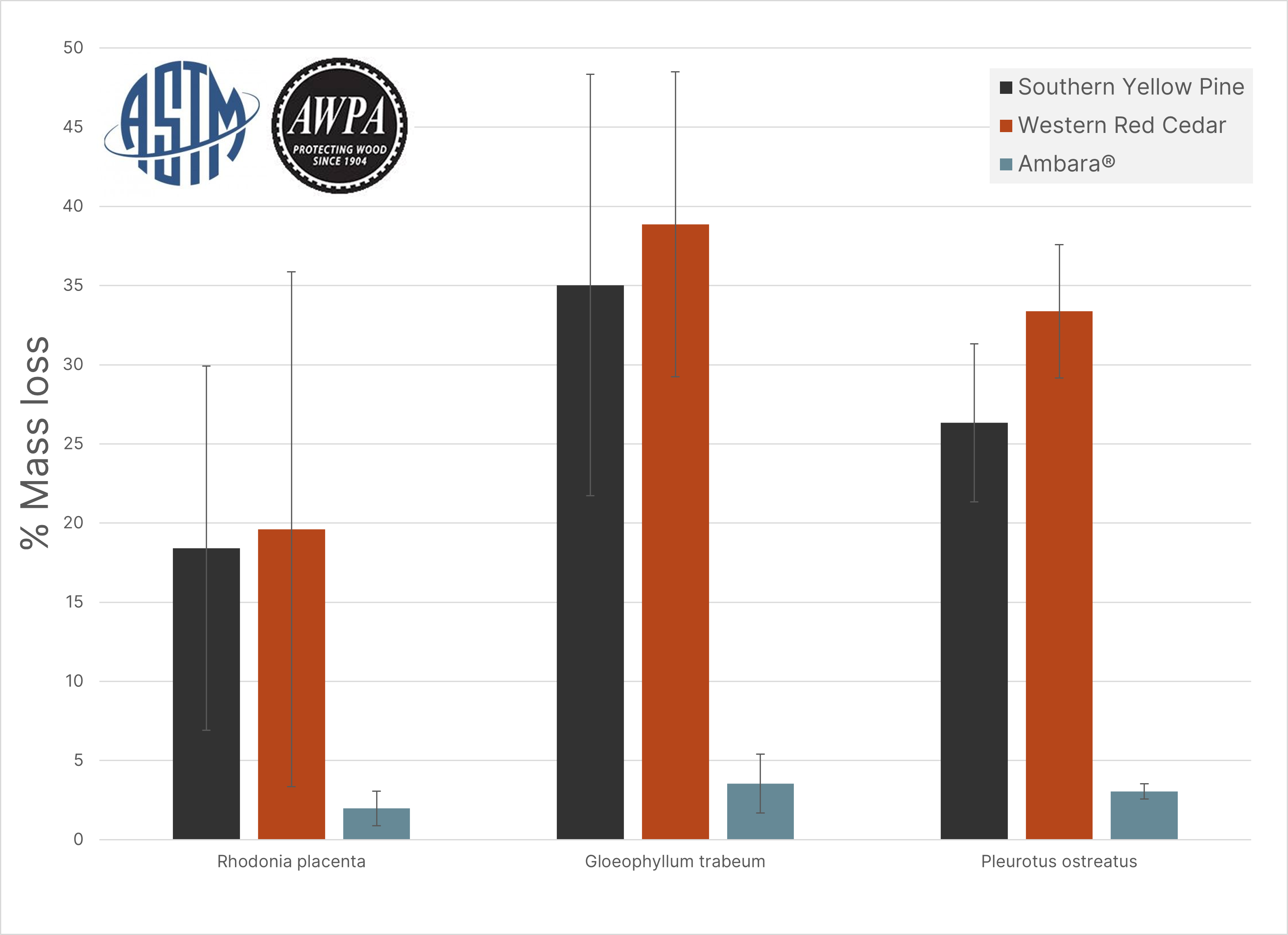 In other words, thermally modified wood is highly durable against rot and decay, it's not invincible. According to Dr. Jeff Morell from Oregon State University, "All of the evidence we have seen says that thermally modified wood is not resistant to insect attack and, in some cases, appears to be more susceptible due to decreased density." Here are some practical measures to protect your thermally modified wood siding and decking from pests including carpenter bees and termites.
In other words, thermally modified wood is highly durable against rot and decay, it's not invincible. According to Dr. Jeff Morell from Oregon State University, "All of the evidence we have seen says that thermally modified wood is not resistant to insect attack and, in some cases, appears to be more susceptible due to decreased density." Here are some practical measures to protect your thermally modified wood siding and decking from pests including carpenter bees and termites.
PESTS AND PREVENTION
While thermally modified wood resists many common pests, some insects, like carpenter bees and other boring insects, are not attracted to the wood as a food source but rather as a nesting site. While woodpeckers and carpenter bees and termites may still pose a threat, they are often deterred by simple measures.
CARPENTER BEES
These bees bore into wood to create nests for their eggs. Carpenter bees are attracted to weathered, untreated, or softwood. They don't eat the wood, so its lack of sugars doesn't deter them from drilling. To prevent them from nesting, it is recommended to apply a protective finish like a stain or oil to the wood's surface. 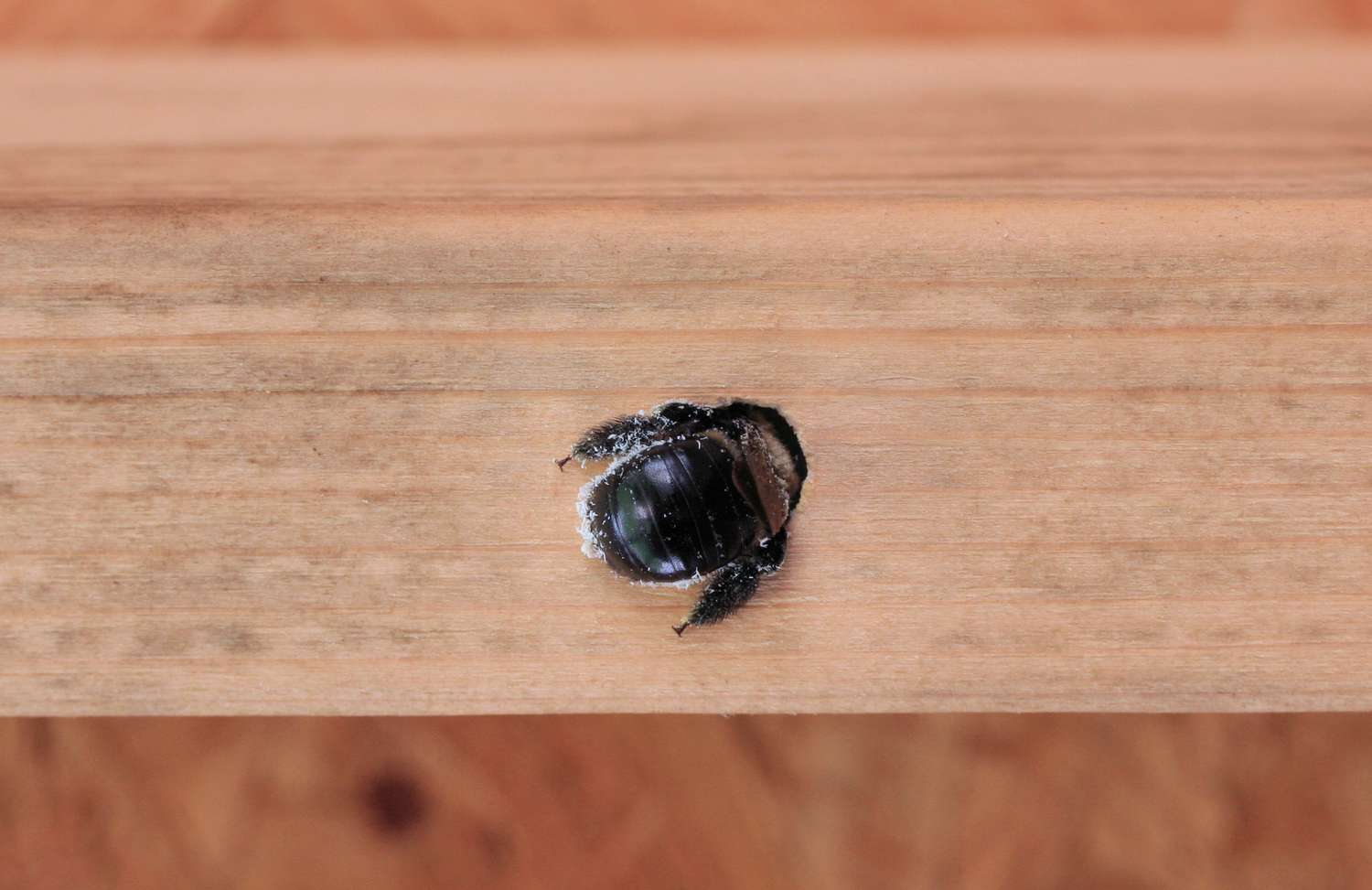 A product like Nova's ExoShield can help. Additionally, repellents containing citrus (D-Limonene) or almond oil can be effective, as can physical deterrents. Introducing vibration from wind chimes or hanging fake hornets' nests has also shown to be effective.
Carpenter bees prefer to reuse existing holes, so offering them a ready-made nesting site is often a tempting alternative. If you have an active infestation, it is crucial to eliminate the existing nest prior to sealing the holes they have bored.
A product like Nova's ExoShield can help. Additionally, repellents containing citrus (D-Limonene) or almond oil can be effective, as can physical deterrents. Introducing vibration from wind chimes or hanging fake hornets' nests has also shown to be effective.
Carpenter bees prefer to reuse existing holes, so offering them a ready-made nesting site is often a tempting alternative. If you have an active infestation, it is crucial to eliminate the existing nest prior to sealing the holes they have bored. 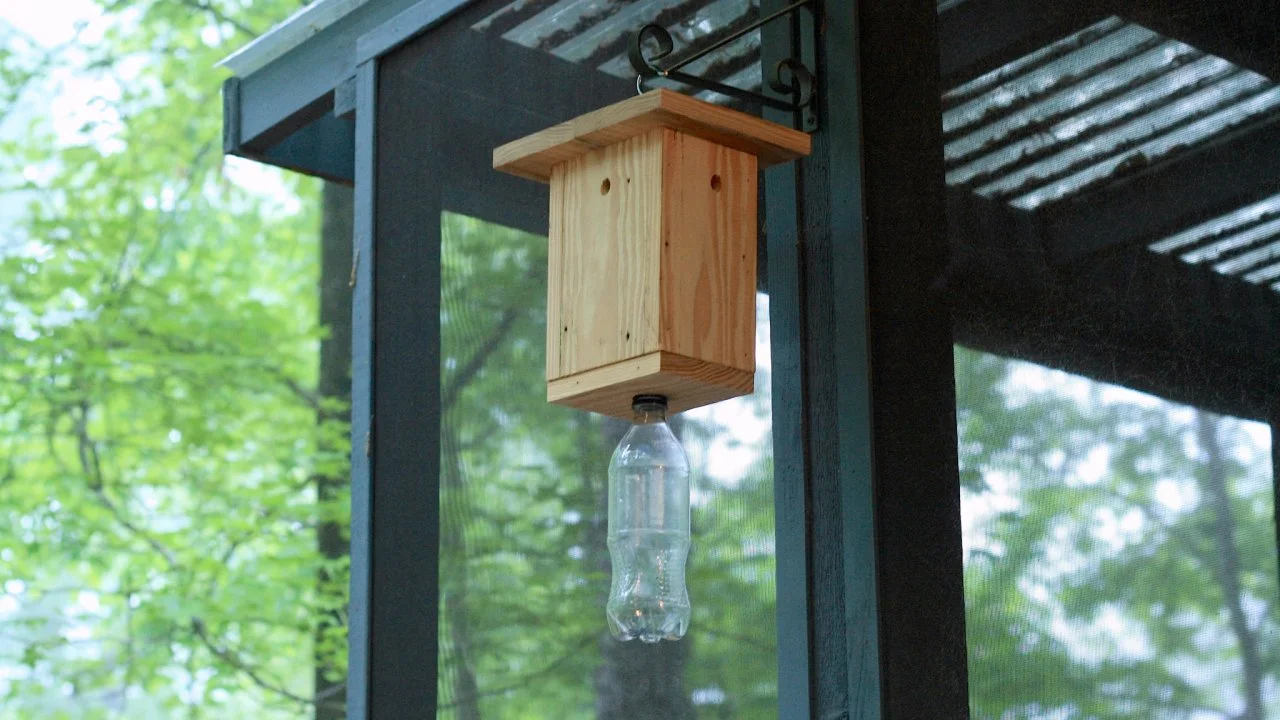
TERMITES
Thermally modified wood exhibits a reduced susceptibility to termite infestation, but not complete immunity. The process of thermal modification alters the wood's chemical composition by breaking down hemicelluloses and removing simple sugars, which are key food sources for termites. This change makes the wood less palatable and thus acts as a deterrent.
However, the degree of resistance is not absolute and is contingent upon factors such as the specific wood species and the aggressive nature of local termite species. Research indicates that even with these modifications, the wood remains a cellulose-based material and can be colonized under certain environmental and biological pressures. The figure below demonstrates termite infestation on thermally modified radiata pine.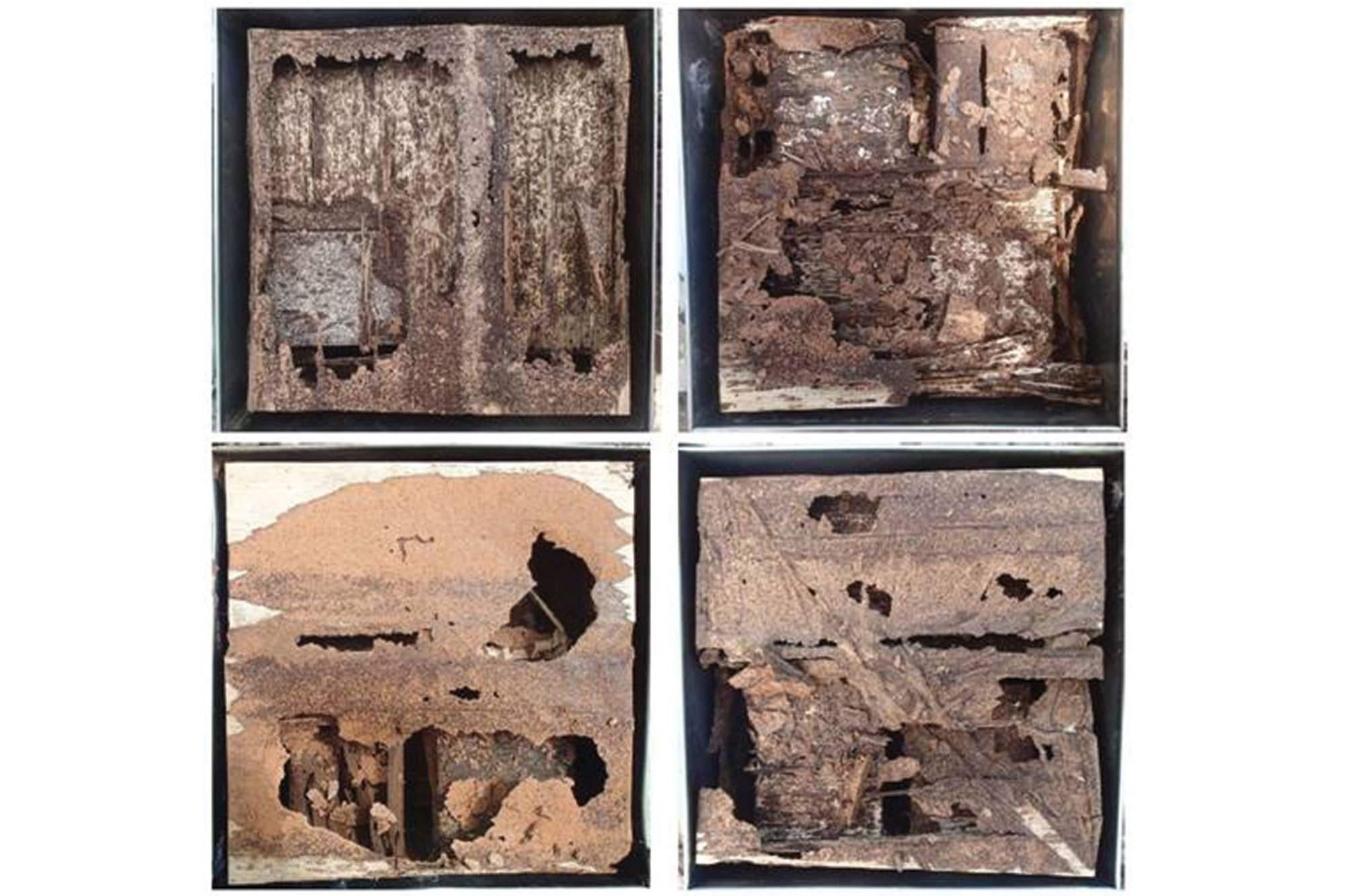
TERMITE PREVENTION hinges on moisture control and structural modifications. To start, fix any leaks and ensure your gutters direct water away from the foundation. Termites are drawn to damp wood, so a dry environment is your first defense.
Next, create a barrier between the soil and your house's wood elements. Keep a gap between the ground and your siding, and use gravel instead of mulch near the foundation. Finally, avoid stacking firewood against the house. For a comprehensive strategy, consider a professional inspection to spot and prevent termite activity before it becomes a major problem.
WOODPECKERS
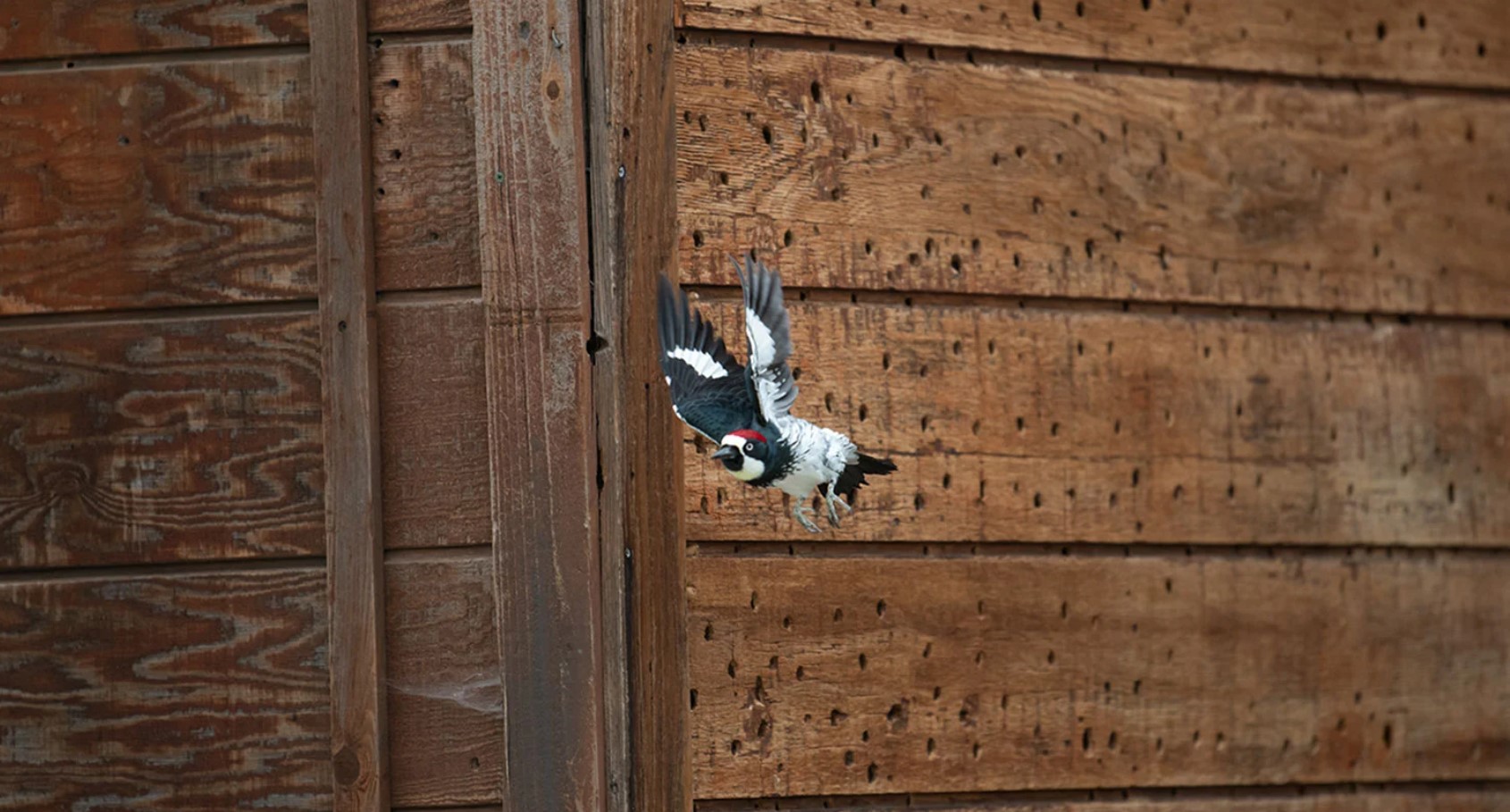
Woodpeckers are generally not attracted to the wood itself but to the insects that might be living behind it. To deter them, you can use shiny bird-repellent discs or tape.
Please reach out to us on our socials or novausawood.com with any question about your project. Our expert sales and technical teams are standing by!
By
Micah Sutfin,
08/27/25
Comments?
Display Name:
Contact Email:
please be respectful of others' opinions and do not use profanity.
comments may be edited for objectionable content.
Email addresses are not publicly posted, and are used to follow up directly with your comment as needed.




























